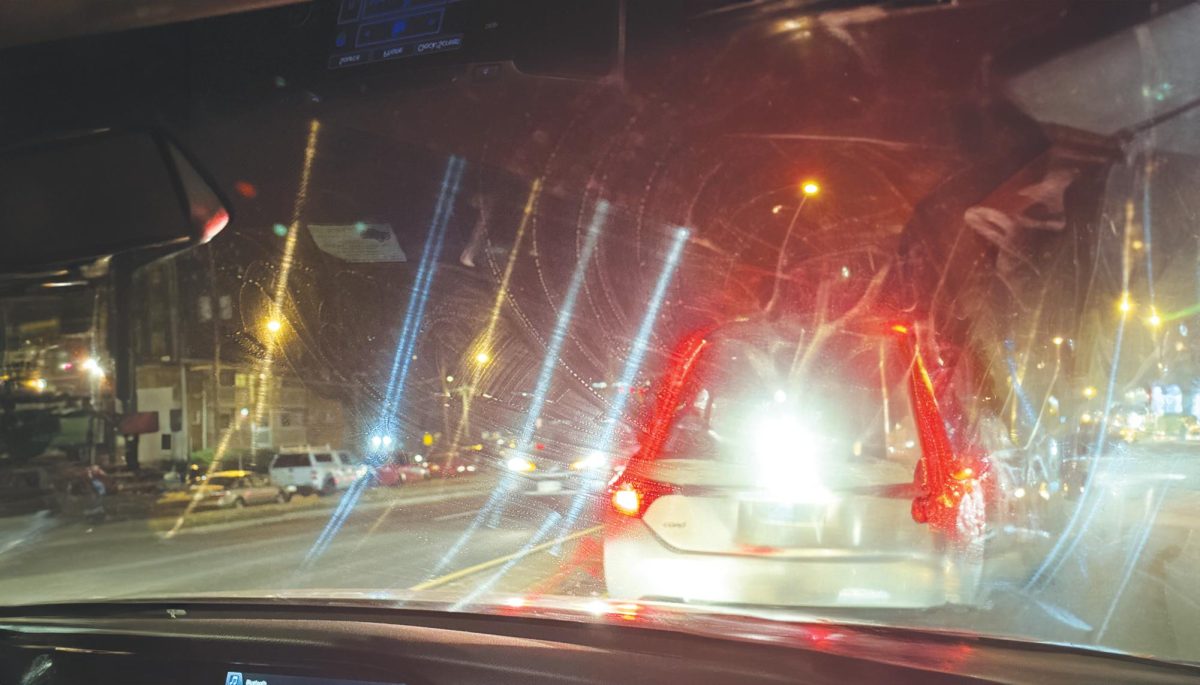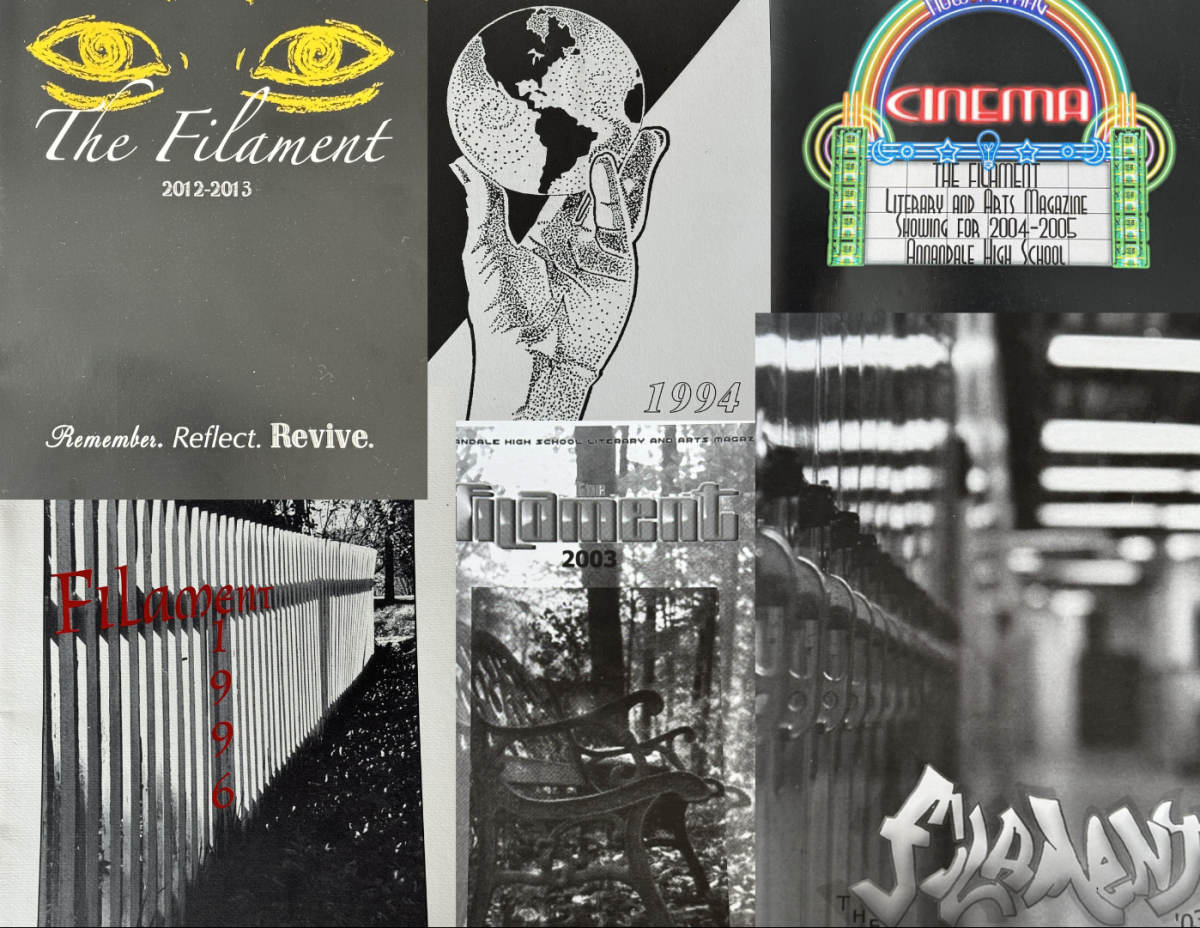Social media, texting, and phone .Social media, texting, and phone calls. These are some of the things that first come to mind when distracted driving is mentioned, because they all require you to take your eyes off the road, and maybe even take your hands off the wheel. This split second decision can make the biggest impact, but ultimately these distractions are in your control and are easily preventable with self control and good decision making.
And while yes, these distractions are some of the more common ones due to the growing age of technology where everyone is constantly checking their phone, there are other obstructions to driving that some may not have thought about which are completely out of your control, even with being responsible. Lights on the road are obviously necessary and help you drive, but they can still cause some major problems for a lot of people, especially at night when your eyes are more sensitive to light.
At night, your pupils dilate and get bigger to absorb more light, allowing you to see better in lower light levels. So when you’re driving in the dark for an extended period of time and a car with their brights on comes speeding towards you, the influx of light can be overwhelming and blinding. The high beams on cars are typically used to help drivers navigate through dense fog, illuminating their path. But while they may help you see, they can pose a serious risk to other drivers if you have them on when they’re not needed.
The same is true when other drivers have their high beams on: they can see, but you can’t. According to the National Center for Biotechnology Information, 12% to 15% of all traffic accidents are attributed to the glare caused by high beams. It can reduce the driver’s judgment, visibility and reaction time, which are crucial to everyone’s safety on the road.
Those with astigmatism are subject to twice the amount of difficulties due to the nature of the condition. It is caused by the cornea being differently shaped than normal, having an irregular oval shape versus the typical round shape. Common side effects include seeing lights as streaky and having blurry vision, which can cause serious problems for drivers that are affected.
Though it is already difficult enough for people with astigmatism to drive during the day, it becomes even riskier at night, considering that the condition is known to reduce night vision. When it’s dark outside, treatment options that come in handy during the day easily become a detriment to the driver. For example, corrective lenses that allow someone to see better during the day can cause complications at night due to the glare they produce. This leaves very few options for people who are affected by astigmatism.
The already dangerous conditions can worsen when coupled with fog, rain, or even a combination of both. While one may argue that you should simply plan your drives better and watch out for the weather, it is a serious danger to those sensitive to light or with astigmatism.
The lights reflect off the wet surface of the road, making it hard to see the lane markers, and the stoplights become too streaky to see clearly. Street lights and especially car headlights are only seen as white spots in your vision, putting a lot of strain on your eyes. It can make you unable to focus on much else while on the road, endangering other people.
However, there is still light at the end of the tunnel (and one that is not blinding). You can take several measures to ensure your safety on the road that are convenient and fit in your budget. A great way to reduce and eliminate the harsh glare created by lights is through the use of anti-glare glasses, which are different from corrective lenses.
According to the Vision Center, adding an anti-glare coating to your prescription glasses can cost anywhere from $20 to $150. They have many benefits, such as increased durability, reduced eye strain, and even improving your appearance. Another way to ensure your, and others, safety on the road is to invest in a Laser vision correction surgery, or LASIK, which can treat near vision, far vision, and astigmatism. The price of LASIK can vary and usually ranges from $3000 to $7000. However the procedure is different from most in the sense it is categorized as an elective surgery, this means insurance won’t cover it. Though this operation can be pricey, it can be worth it. Your vision becomes clear and it can last for many years, even decades.
As we mentioned earlier, the normal daily activity such as driving can be made risky by many different factors. Though people who don’t suffer from visual impairments are still at risk, those who do are put at an even greater risk because of the nature of their condition.
And even though there are treatment options, they can become pricey or ineffective. Fortunately, if you feel your astigmatism (or other impairment) becomes a safety hazard, states are required to provide you with free public transportation. Visual impairments, such as astigmatism, can make life just that much more difficult. Remember to explore all your options to ease the burden.










